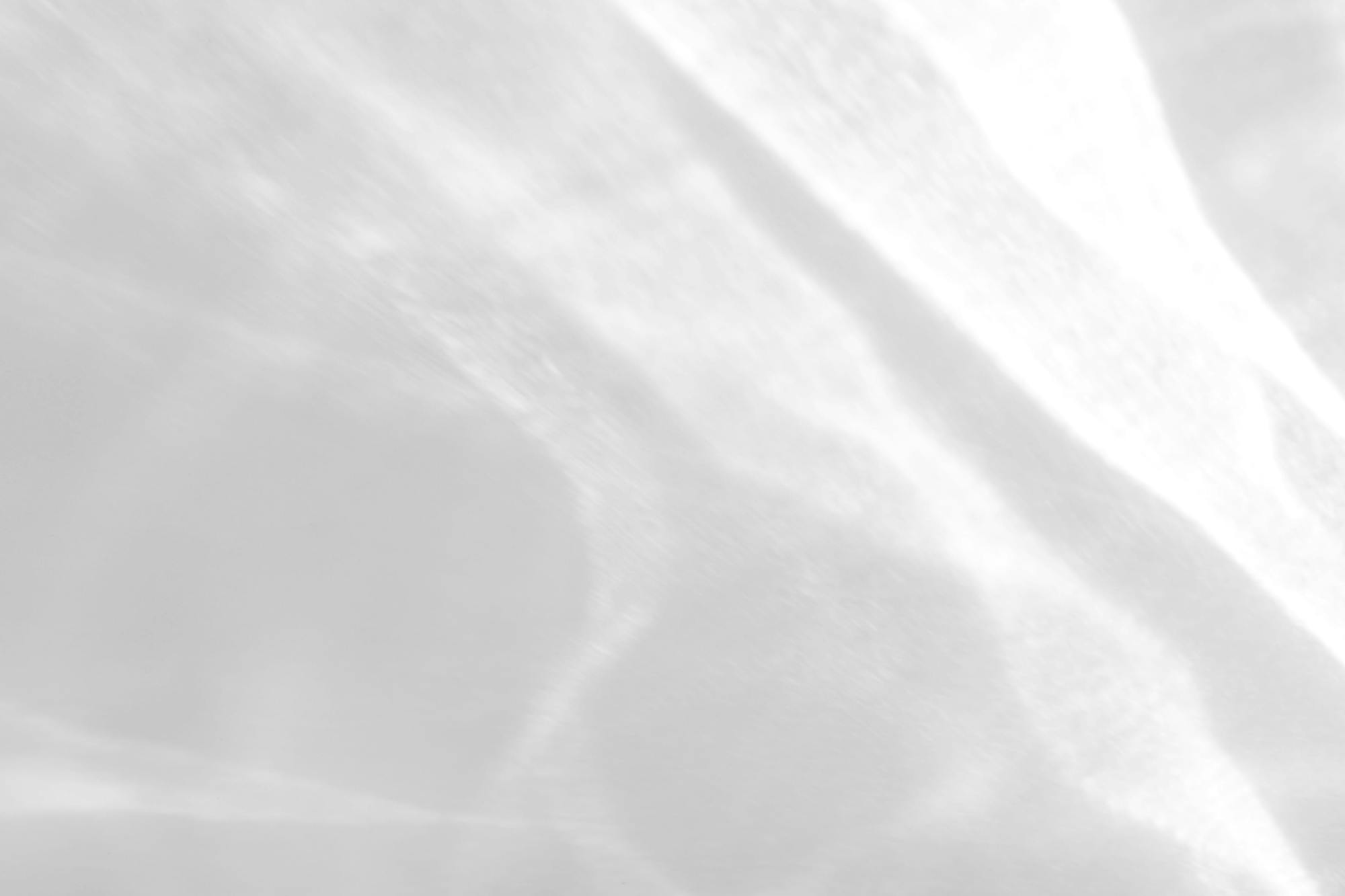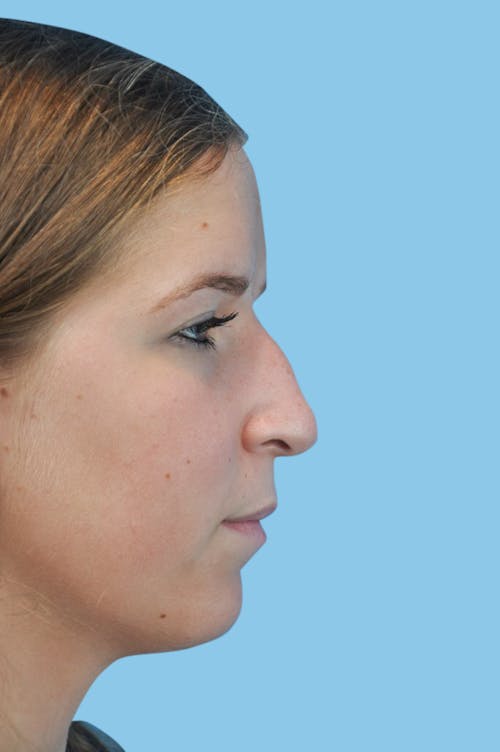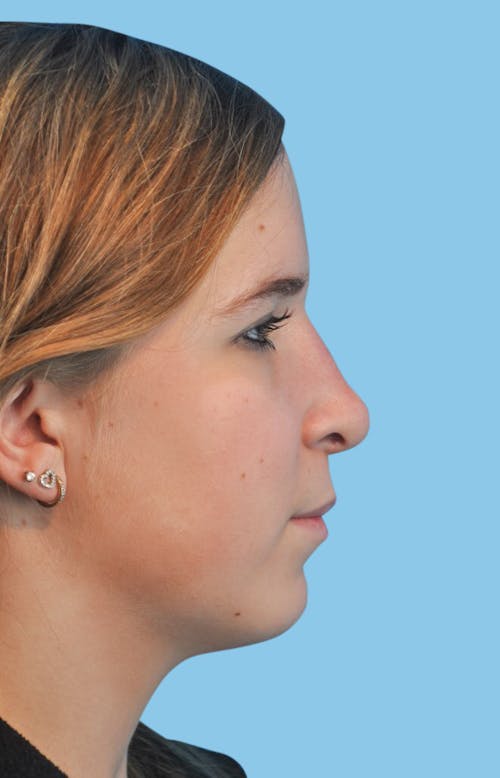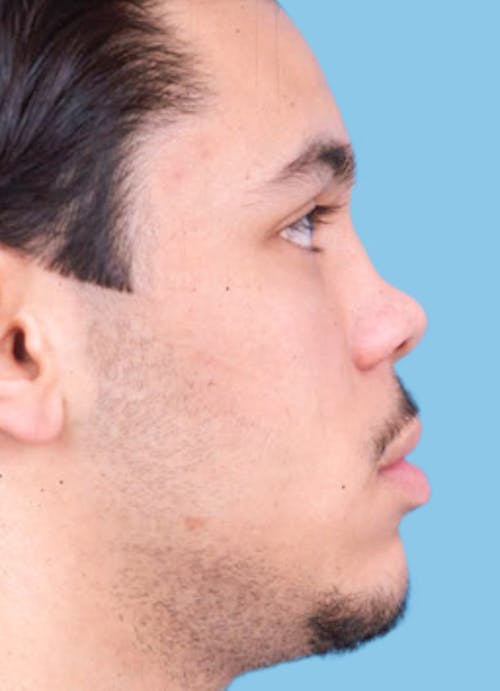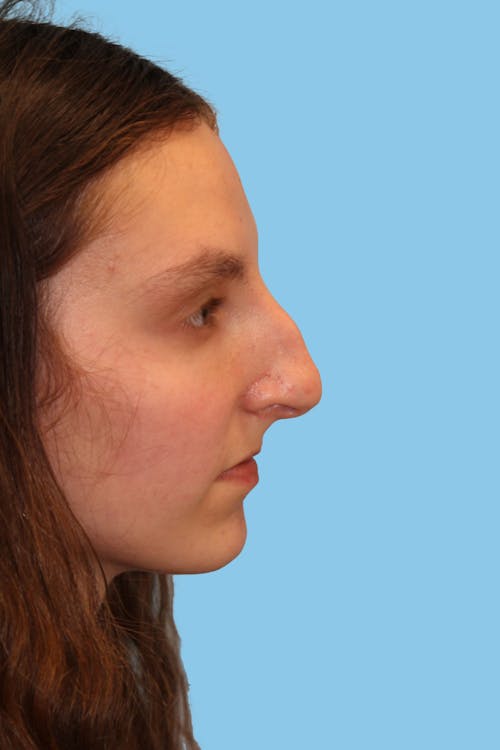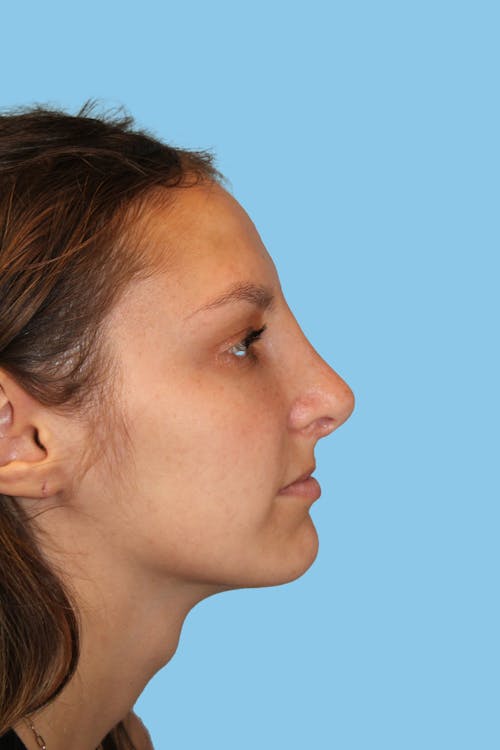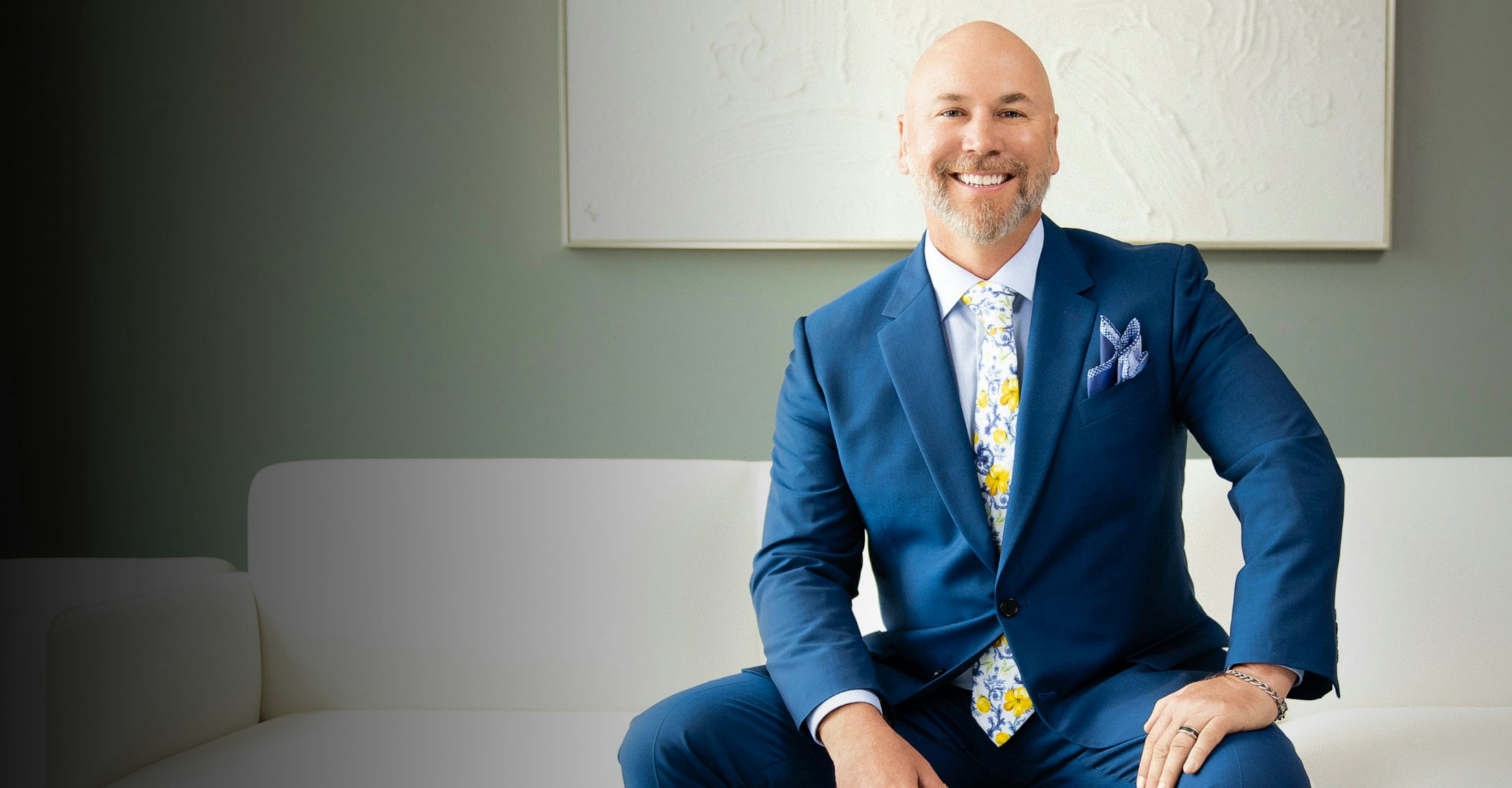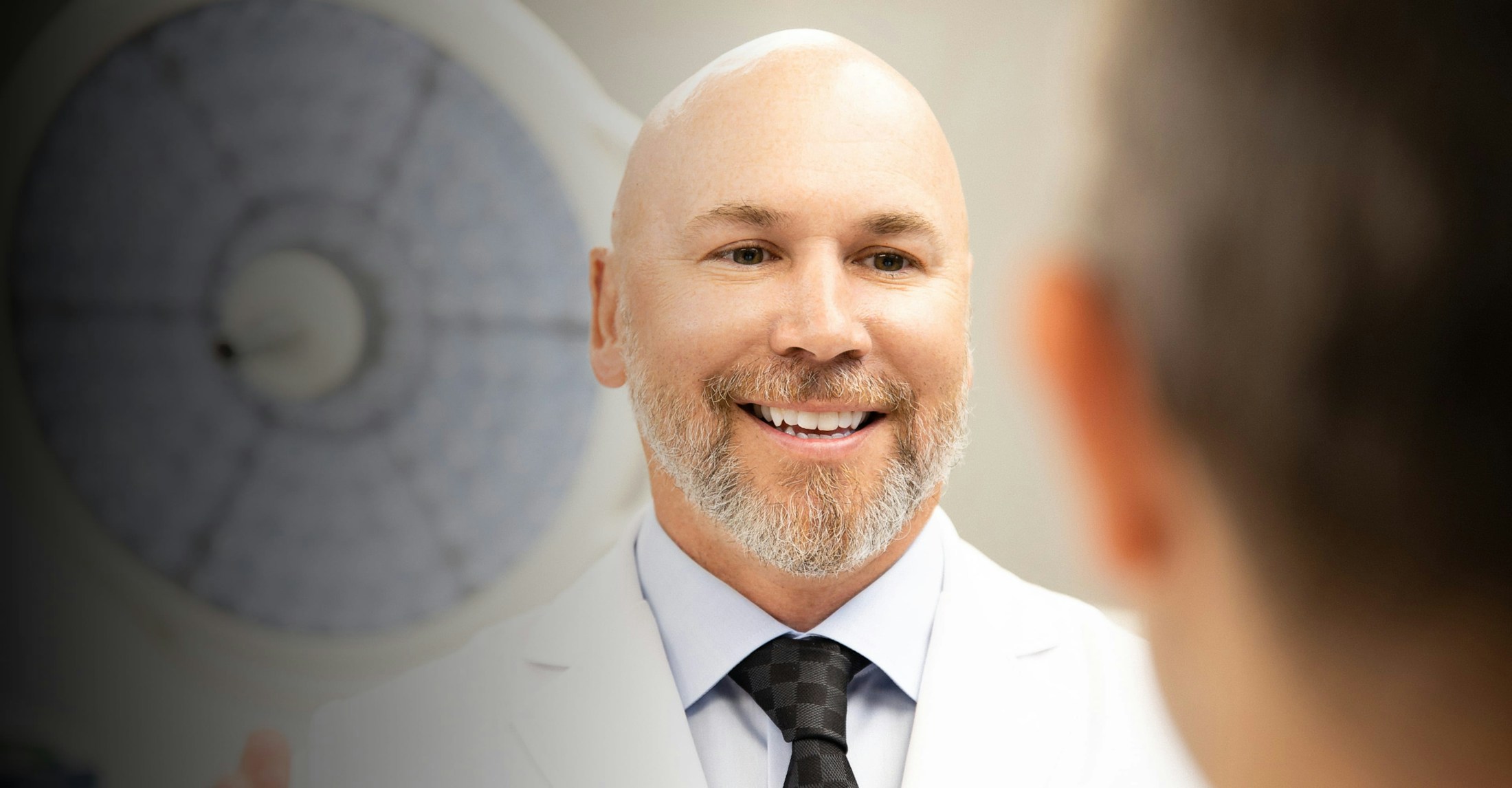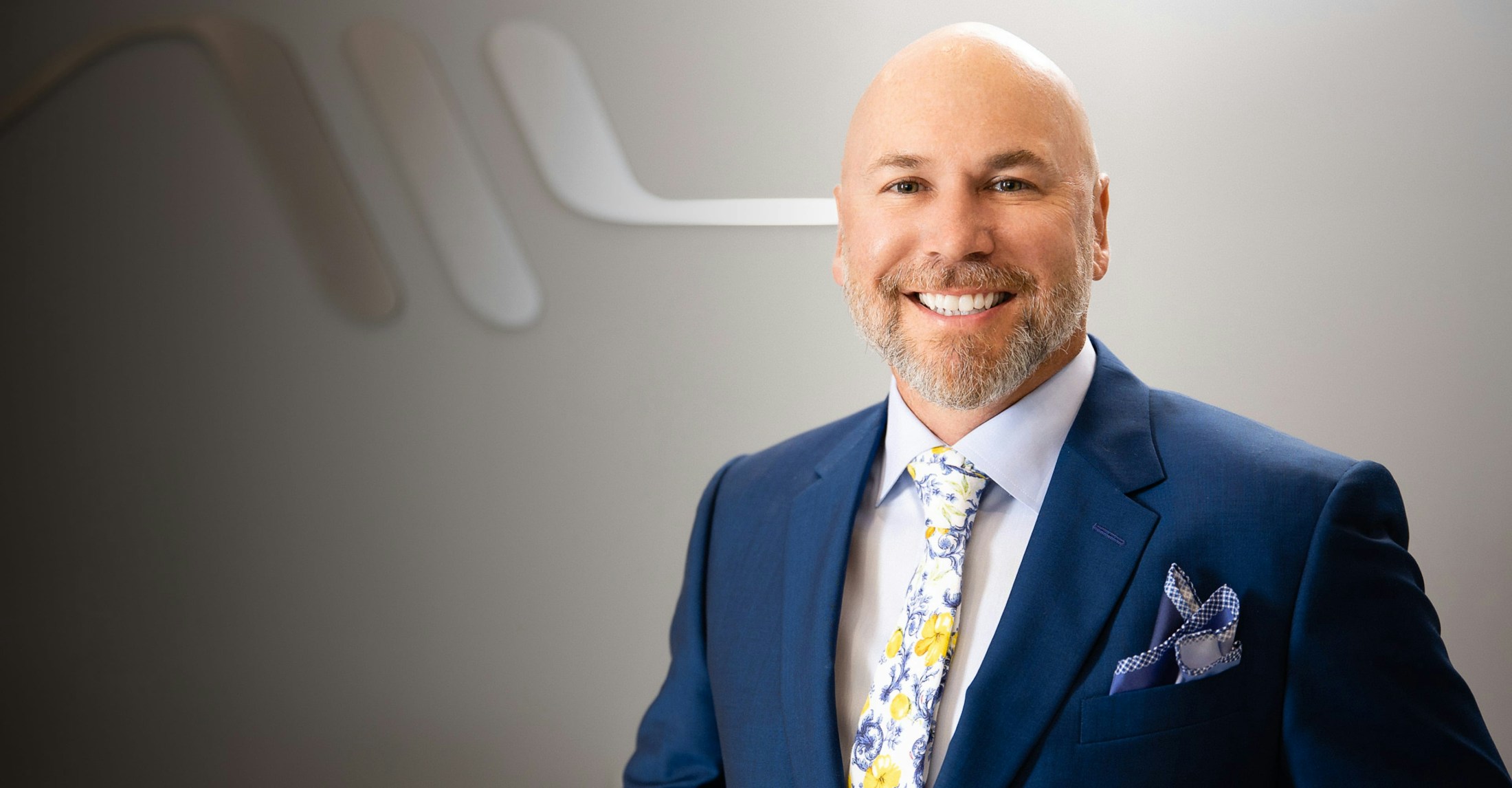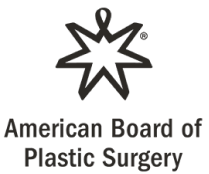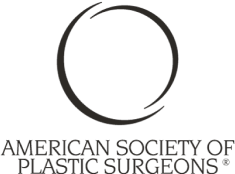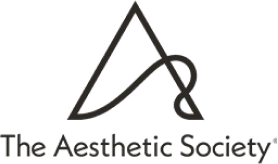- Chicago's premier rhinoplasty specialist
- State-of-the-art surgical facilities
- Natural-looking results backed by years of experience
- Comprehensive pre and post-operative care
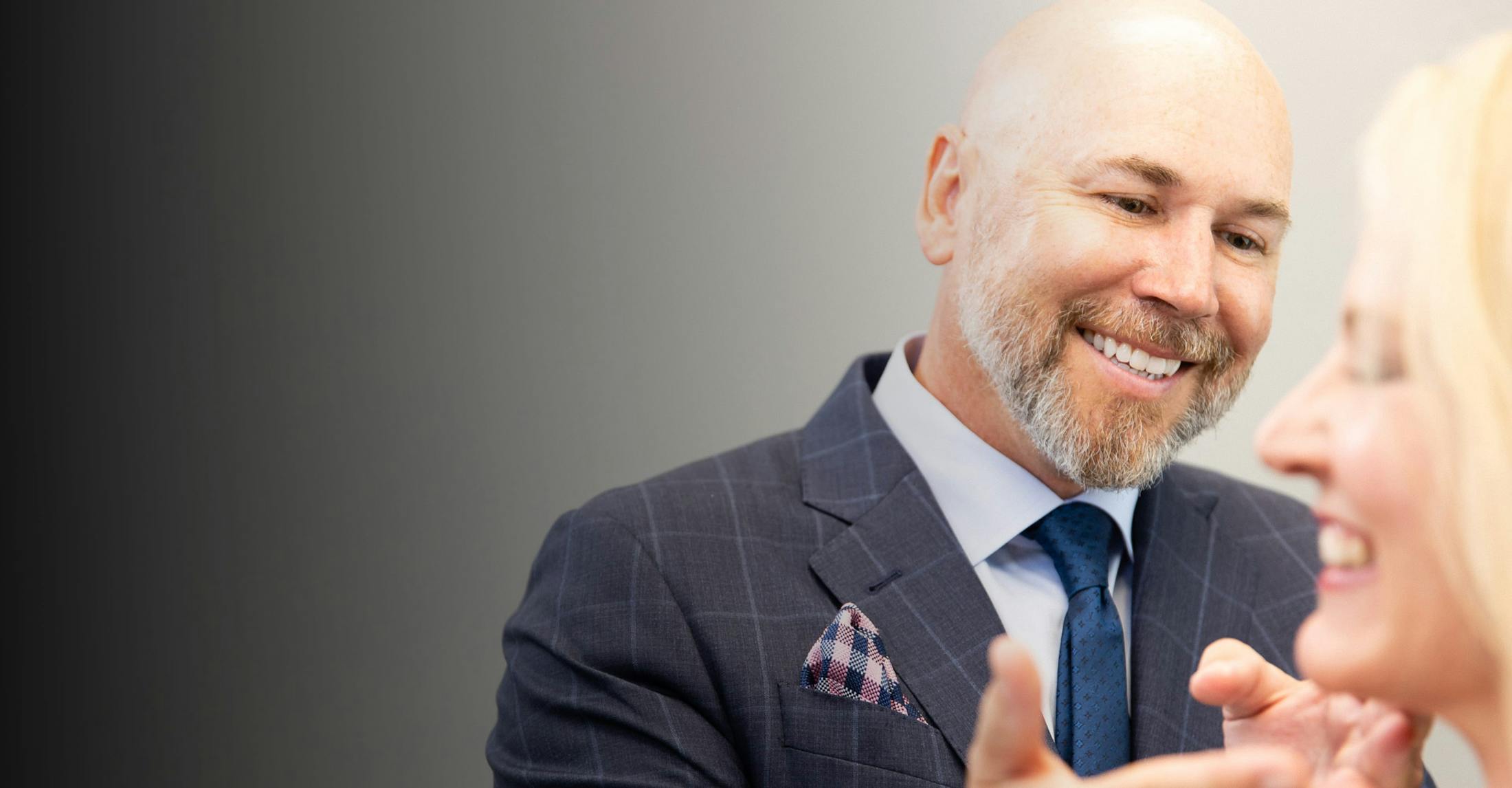
Why Choose The Warner Institute?
Selecting The Warner Institute in Northfield for your rhinoplasty procedure means entrusting your transformation to a true pioneer in facial plastic surgery. Dr. Jeremy Warner's distinction as one of the few practitioners in the United States with a facial plastic surgery fellowship exemplifies our team’s commitment to setting the highest standard in care. If you're in Chicago seeking nose surgery or looking to visit us from elsewhere, we are dedicated to sculpting the nose that complements your beauty and boosts your confidence.

Rhinoplasty FAQ
I've heard I can have rhinoplasty without surgery – is this true?
Does insurance cover my rhinoplasty surgery?
Will I be awake or asleep for surgery?
Will I have to stay in the hospital after surgery?
I want my nose to be smaller, but I want to maintain my ethnic look. Is this possible?
Will my nose look natural after rhinoplasty? I don't want to look like I had my nose "done."
Why is my surgeon talking about my chin during my rhinoplasty consultation?
What is the difference between open and closed rhinoplasty?
What are the limitations of rhinoplasty surgery?
I've heard I can have rhinoplasty without surgery – is this true?
Non-surgical rhinoplasty does exist. However, the ability to change the nose's appearance using this technique is minimal. Non-surgical, or "liquid," rhinoplasty involves injecting a filler material, like hyaluronic acid, into your nose. This type of material is frequently used to correct wrinkles and provide volume enhancement in the face (like plumping up the lips). We can use this to fill in minor depressions on the nose, but it will not provide any significant change to the nose and should not be considered a substitute for surgery in most cases. It is also temporary and will need to be repeated frequently.
Does insurance cover my rhinoplasty surgery?
Because insurance companies vary on coverage guidelines, you must check with your specific insurance company regarding their policy. It is helpful for you to review your coverage policy before your consultation. Surgery related only to correcting the functional aspect of your breathing may be covered by insurance. Any surgery to correct the appearance of your nose will likely not be covered by insurance. Many patients have both a functional and an aesthetic component to their nasal concerns, and payment for surgery will probably be a combination of insurance coverage for the functional aspect and out-of-pocket expense for the remainder of the aesthetic component. You will need to discuss this with our team and your insurance company to understand what will and will not be covered.
Will I be awake or asleep for surgery?
Whether you're awake or sedated during surgery is dependent on your preference as well as your surgeon's. Some patients want to be under "twilight" because they feel it's safer than general anesthesia, and other patients prefer general anesthesia because they "want to be out" and not know what's going on. It is crucial to remember that general anesthesia is very safe for those patients who are generally healthy. Additionally, some surgeons have a preference and will only perform your rhinoplasty surgery one way or the other. Regardless, both types of anesthesia are acceptable, and you must develop a plan with your surgeon before surgery.
Will I have to stay in the hospital after surgery?
Most rhinoplasty surgery today is performed outpatient, and you will be discharged home on the same day. On rare occasions, there may be a reason to keep you in the hospital overnight. It is reasonable to perform rhinoplasty surgery at an accredited ambulatory or office-based surgery center or hospital. Where your surgery will be performed is usually a surgeon's preference. If you are coming in from out of town and would like to stay in the Chicago area, please ask our office for hotel options. You will need to stay near Chicago for 7-10 days for post-operative care.
I want my nose to be smaller, but I want to maintain my ethnic look. Is this possible?
Absolutely. The goal of rhinoplasty should be a natural appearance that maintains your overall look but makes your nose less noticeable. The purpose of rhinoplasty should not be to place the same nose on every face, which gives most people a surgical or "operated-on" look. There are ways to change the appearance of your nose to alleviate your specific concerns while maintaining the ethnic characteristics of your nose. For instance, you may want the hump on the bridge of your nose softened but avoid the "ski-jump" or "scooped-out" rhinoplasty result. The best way to ensure that you are happy with your outcome is to discuss with your surgeon to make sure they are aware of your specific concerns.
Will my nose look natural after rhinoplasty? I don't want to look like I had my nose "done."
There are many different ideas of what the "ideal" nose should look like. However, there is no truly "ideal" nose for rhinoplasty. The goal of rhinoplasty is individual. When this is done correctly, the result is a natural, un-operated look that blends the nose harmoniously into the rest of the face. Rather than notice you've had your nose "done," the nose should no longer be apparent, and attention will instead be focused on the rest of your facial features (the most common of which being your eyes). When this happens, the ultimate goal has been achieved, where previous concerns disappear, and facial harmony is achieved.
Why is my surgeon talking about my chin during my rhinoplasty consultation?
Facial harmony is a term used to describe how all of the different components of your face fit together to create an overall pleasing appearance. Of all the structures on the face, the chin has the strongest perceptive association with the nose, especially when your nose is viewed from the side. Changing the size and position of your chin can make your nose look bigger or smaller, even if the nose itself is unaltered! Therefore, your surgeon may discuss this relationship during your rhinoplasty consultation.
What is the difference between open and closed rhinoplasty?
Open rhinoplasty refers to one approach to surgery, where a small incision is made on the underside of your nose in addition to incisions on the inside of the nose. Your nasal skin can then be lifted off the underlying bony and cartilaginous framework, enabling the surgeon to see the nose structures directly. In closed rhinoplasty, no external incision is made, and the work is done entirely through incisions inside the nose. Surgeons who use the closed approach believe it eliminates the superficial scar, which indeed it does. However, the closed approach limits the surgical view of the underlying nasal structure, where the majority of the work needs to be done. Additionally, the external scars uniformly heal exceptionally well and are typically of no concern. Regardless of the differences, both approaches are acceptable. The process your surgeon chooses depends entirely on their comfort with that particular technique. Most rhinoplasty surgery is done through the open approach, a testament to the fact that the external scar created with this approach heals exceptionally well in almost every patient. Much of the time, this scar heals so well that it can even be hard to find. Even surgeons who use the open approach most of the time may elect to perform a closed rhinoplasty for purely functional surgeries or more minor revisions when indicated.
What are the limitations of rhinoplasty surgery?
The two significant limitations of receiving a nose job in Chicago are nasal skin thickness and post-operative scar formation. The thickness of your skin is determined by the time you are born, and it is challenging to change. Therefore, if you have very thick skin, there are limitations regarding how small and well-defined the nose can be. Conversely, if you have very thin skin, the nose can be made small and well-defined, but any abnormalities under the skin may become more apparent as the swelling subsides. Scar formation is another element controlled by the nature of the healing process. Once surgery is completed, scar tissue begins to form. If an excessive amount forms under the skin, it can prevent the nose from getting as small and well-defined as you might like. There can be no guarantee that your nose will be perfectly straight after surgery, especially if it was crooked before surgery. Additionally, there will likely be some degree of asymmetry with your nose, albeit small. Fortunately, asymmetry is entirely normal, and almost everyone has some degree of asymmetry in their facial features naturally. Despite these limitations, as long as you feel that your surgeon understands your concerns and you feel comfortable with what can be done to address your concerns surgically, you can expect a high degree of satisfaction following surgery.

